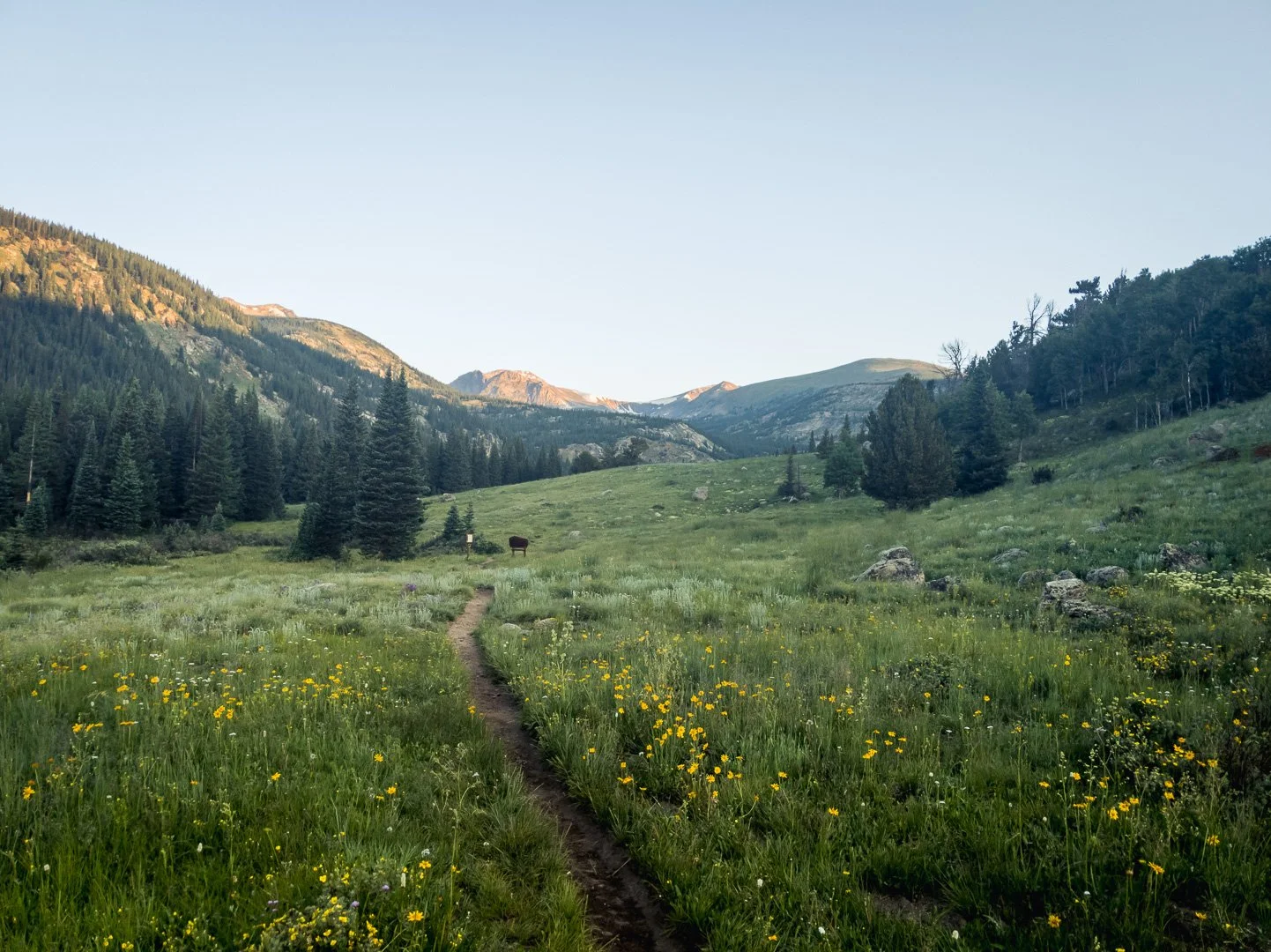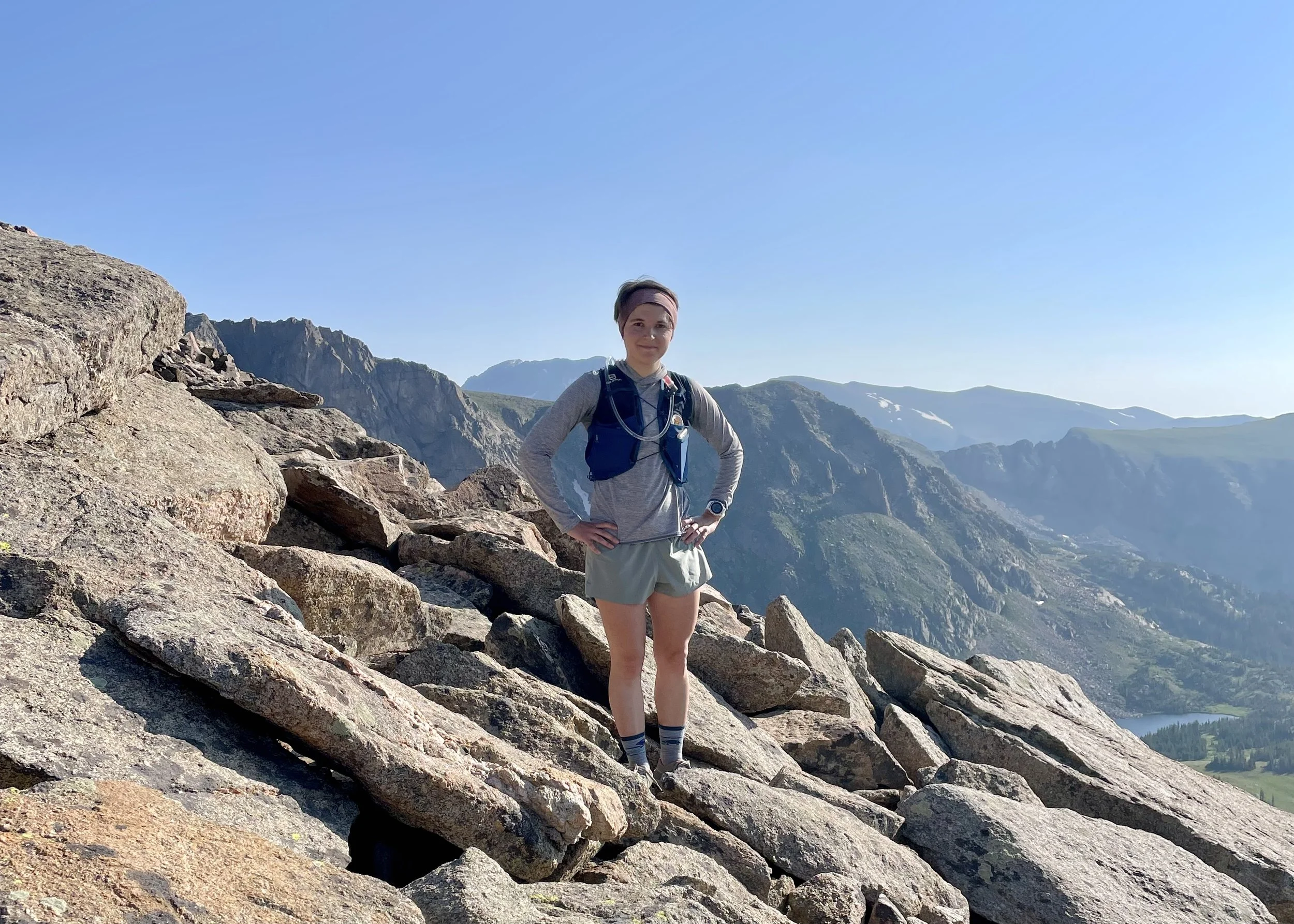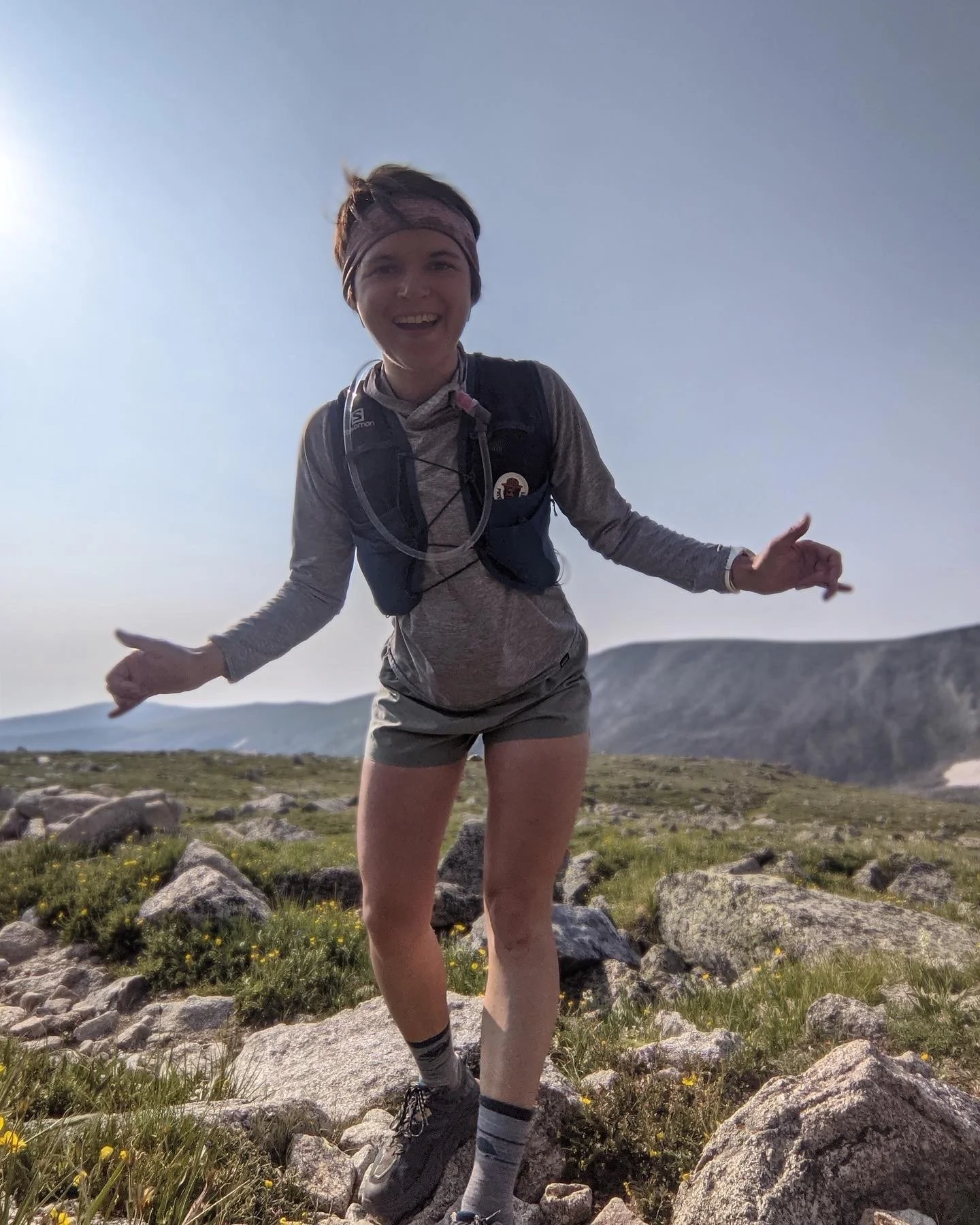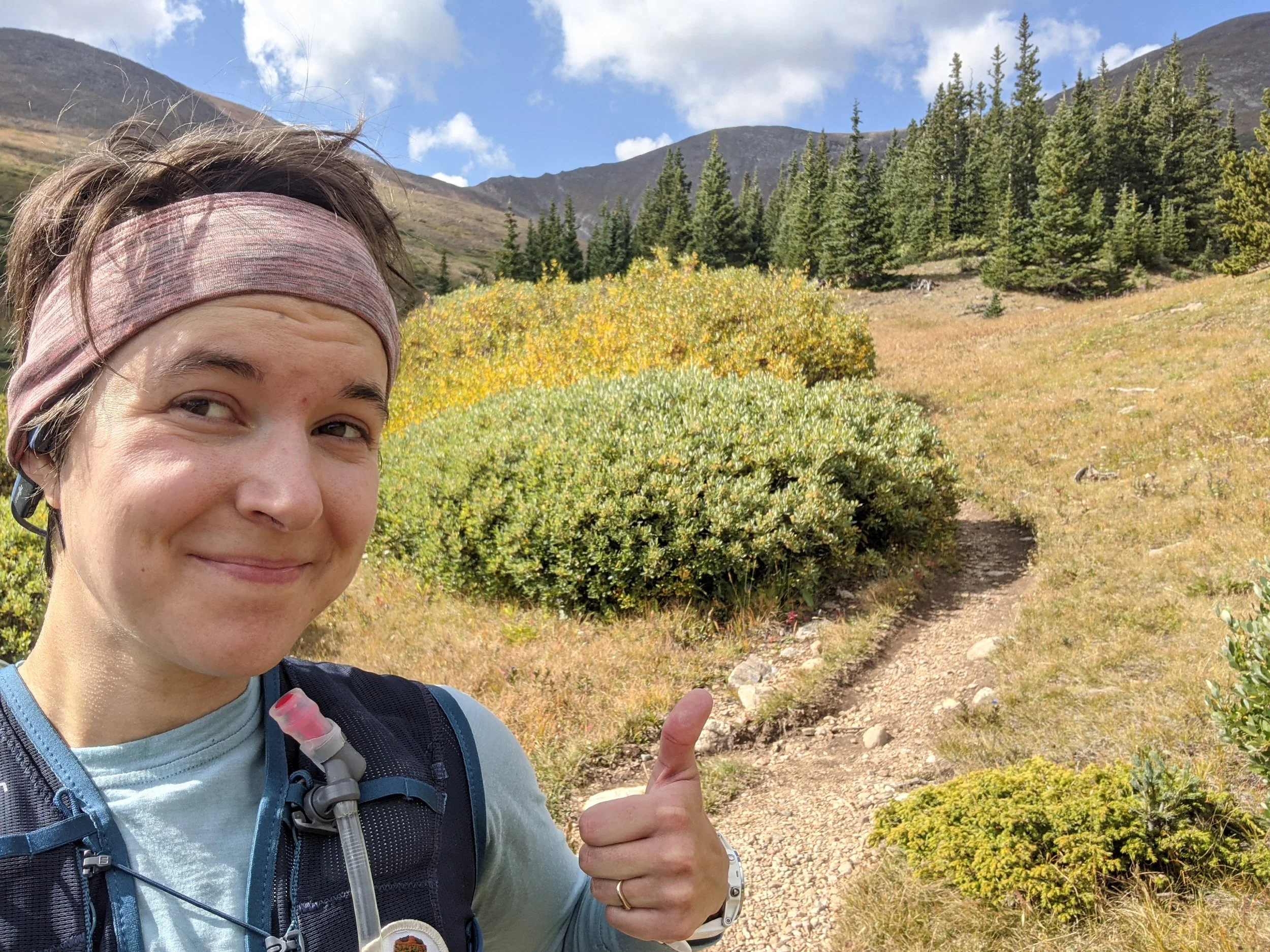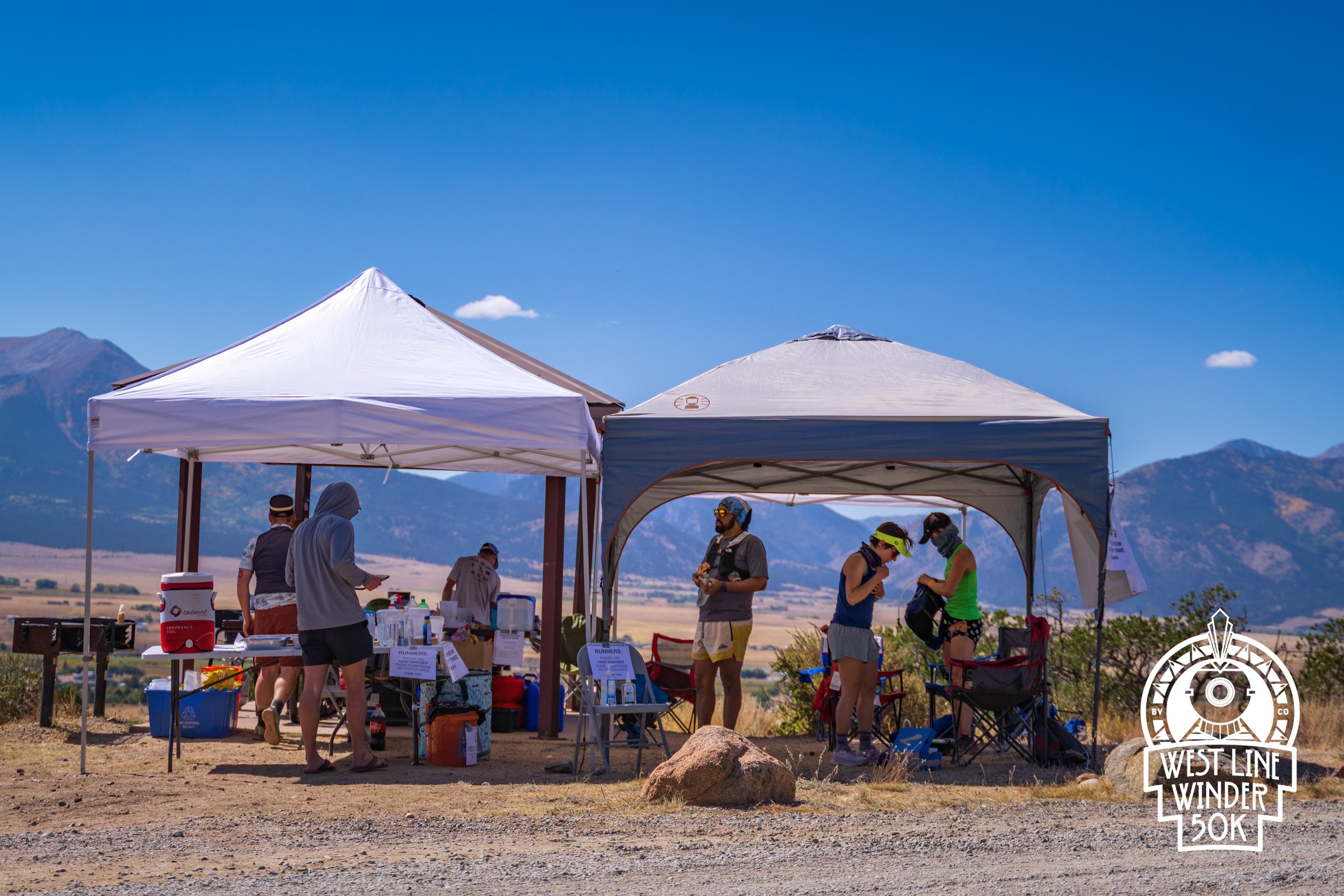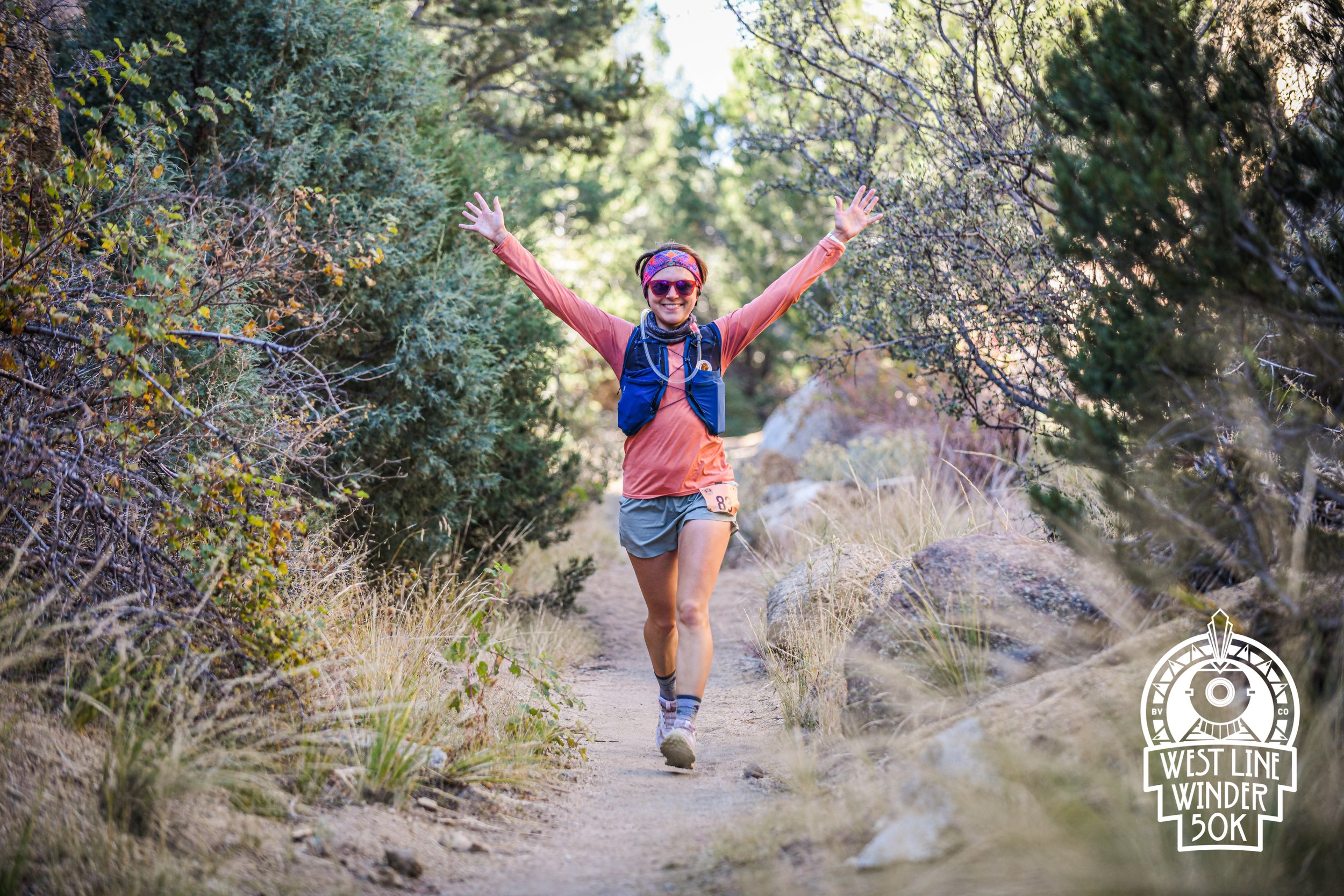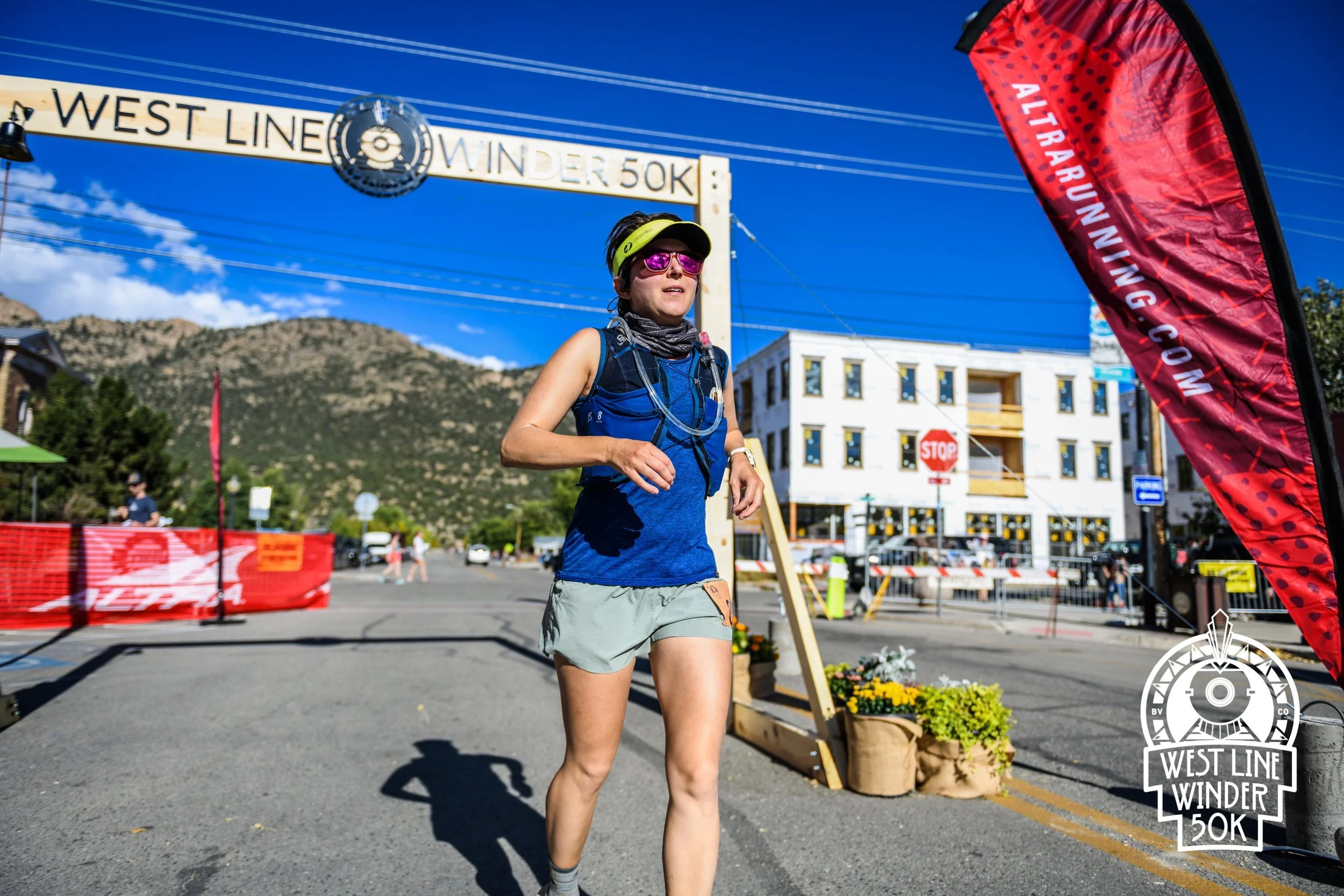Lessons on Identity
Nothing goes as planned. When I first fell in love with running, I thought that a long term plan was about patience and determination, two things within my control. In a crazed, anxious state, I clicked “Complete Registration” on some races that sounded a little bit nuts, but I was excited and optimistic and probably a little bit manic, and I had a realistic strategy for how to get there.
But nothing goes as planned.
So, my story about running is not the story I envisioned writing at that time. (To be fair, in early 2019 I didn’t think I’d be writing about running at all because I wasn’t a runner. Despite falling in love with running. Despite the race registrations. I was Not A Runner.) My plan definitely fell apart and one of the races never happened. By then I was hooked, though. My relationship with the sport took off in a way I never imagined it would. It has taken me for a wild ride that has felt entirely out of my control and yet has given me tools to take charge of my life. Now, almost 3 years later, I can’t write One Story About Running that encompasses the whole picture. It’s gotten a lot more complicated and I’m not going to try to tie it up into one neat little narrative. But you get a piece of it today.
Let’s go back to Not A Runner April. This isn’t just me doing that thing where I never feel like I belong (….but that is an influencing factor, obviously). I’ve heard things about athletes and runners, about the kind of people they are. Those words are not words I associate with myself. For example, “endurance runners are optimists!” Ha! I am not. I’m so often anxiously dreading the worst. Speaking of which, I’ve also heard “anxious people don’t make good athletes.” Cool. Excellent. I feel motivated and accepted. Plus, you’re supposed to be into yourself, into your accomplishments, and I’m more apt to dig myself into a dark pit of self-deprecating humor than say something positive about myself. Lastly, athletes are strong, hearty people. I, on the other hand, am a five-foot-nothing anemic weakling who was voted “most likely to die of the common cold” in high school.
25 miles into my first ultramarathon it occurred to me that maybe some things I thought about myself weren’t true anymore.
My first ultramarathon was a beginner-friendly 50K trail race. Comparatively, and by the numbers, the course was not particularly hard. There was only 4000 feet of elevation gain for the entire 31 miles with nothing above treeline; just some good old singletrack winding through the hills. But it WAS winding. There were lots of ups and downs and twists and turns and it felt punishing at times. And it was hot. Very hot with little shade. I was generally happy to be there, though. I had overcome a lot of hurdles to be capable of running this distance, and I was happy that I was finally doing it. Sure, nothing goes as planned, but you can always adapt to a new plan, and that’s what I had done.
At Mile 17, I ran up a small hill into an aid station. I was overheating and hadn’t eaten enough after the Great Stomach Cramps of Mile 13, and I was a little disoriented. A volunteer stated how impressed she was that I ran up that hill, since most people at this point were walking into the station. Digging into pockets of energy is something I’ve learned to do. (Did I need to run up that hill? No. Did I just want to get to the aid station so I could rest, yes.) Another volunteer looked at me with concern and asked me what I needed. I said I didn’t know. I didn’t. I just needed a break from the heat. I sat down in the shade. I sipped some cold ginger ale and while I couldn’t quite stomach any real food, I told myself I’d do better eating some gels between now and the next aid station. I realized that everyone was a little more worried about me than they needed to be, so I turned my demeanor around pretty quickly. I was honestly extremely flattered that this group of strangers were concerned about me, wanting to make sure I had what I needed to keep going, that I was going to be okay. There was warmth beyond belief, and it wasn’t just the heat of the day. So I smiled at everyone. I thanked them. I joked and laughed with them, and as I started to jog out of the aid station, they commented on how chipper I was. Huh. That’s not usually something I hear.
The next 7 miles were rough. I cursed the trail. I cursed the sun. I cursed the short-ass shadeless “trees” (bushes). I took a picture of myself flipping off the camera, with the intent of sending it to my running coach (I never did, though he would have found it funny). But I also knew I just had to keep going, and it wouldn’t be this uncomfortable forever. I was still happy to be there and to be capable of doing this. So as I approached the next aid station at Mile 24, I smiled and thanked the new set of volunteers. I gleefully accepted the proffered cup of ice which I promptly dumped into my bra. I ate more calories! I changed my shirt from my drop bag. While I perhaps stayed at this aid station longer than I should have, I left it feeling really good. Really. I was cheerful, happy, and I was ready to take on the final 8 miles.
Was this…optimism? Did I need to rethink the kind of person I thought I was? I’m not an optimist! I was in the middle of a challenging race, tired, hot, and in pain, and I was happy. I don’t think that was just endorphins.
In fact, most of the time when I’m out on the trail, I’m a lot more of an optimist than I would have guessed. I mean, I wouldn’t call it positivity so much as the knowledge that I can endure. I can accept discomfort. I can feel good and bad at the same time. Maybe I can even feel anxious sometimes and be okay with that. And I might be naturally slow, weak, and tiny, but I’m stubborn as shit and I’m going to push my limits. There is more strength there than I would typically acknowledge.
There is no coincidence that my obsessive dive into running came during one of the darkest moments of my life. There was a need to escape, to draw out endorphins, to take time to do something that was entirely and exclusively for me. But it turns out I was also practicing for life. Practicing how to endure. Learning that pain is temporary. I can accept discomfort because it is not forever. I’ve used this knowledge now to carry me through a lot of pain, and it’s still a battle. When I lose hope, when I get the most frustrated with life, it’s because I’ve forgotten that my current state is temporary. It gets better as long as you tell yourself it does. Running is not therapy but it sure has taught me a lot about gaining control over pain.
I crossed the finish line of my first 50K tired, but still happy. Sure, I was physically uncomfortable and nauseous and dreading the calories I knew my body needed, but I already knew I wanted to run more of these. I hadn’t forgotten how hard it was - I was relishing it. I was ready to make more plans, and to have those plans shift as they inevitably would, and to overcome whatever new set-backs come my way. Adapt. Endure. Repeat.
I will say that I’m a runner now. I will bring the energy that I have on the trail to more parts of my life. I will harness my own brand of optimism with more intension and acceptance. The greatest thing that my running journey thus far has taught me is that everyone is capable of doing more than they think they can. You, too, can endure.
Love,
April
Song of the Day: Make of It by half.alive
